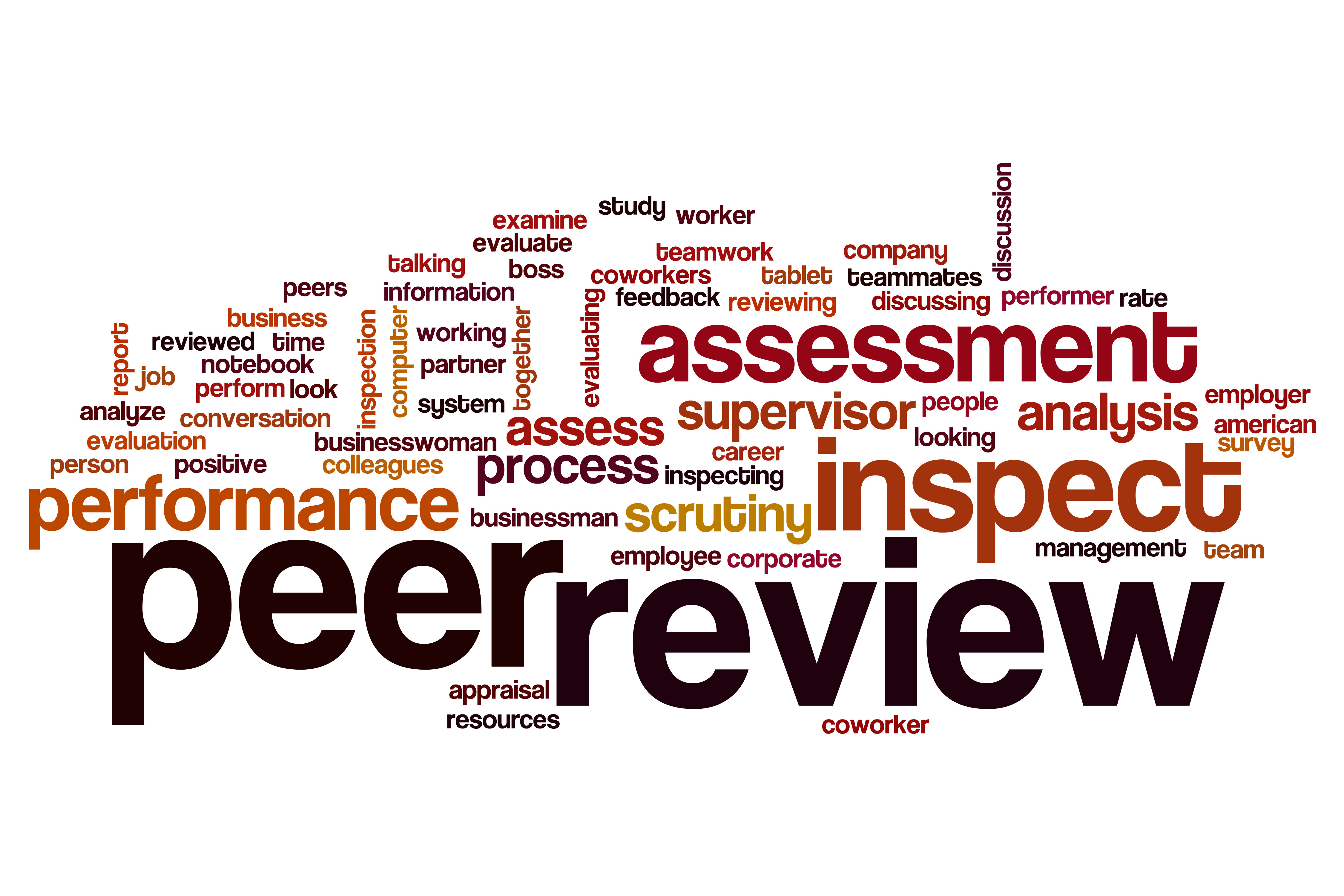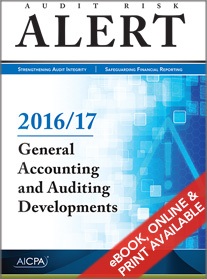California Board of Accountancy is serious about audit quality and enrollment in peer review.

The Winter 2017 Update newsletter (#83) from the California Board of Accountancy shows that the board is continuing its active efforts on disciplinary actions.
There are obviously quite a few of our colleagues who are not performing up to standards.
I’ve heard stories from a distance that the Board has hired more enforcement staff. As I have read the last few issues of Update, it sure seems to me that the increased staffing is showing up in an increased pace of closed cases. Maybe my perception is off, but it seems there are more cases closed with more serious consequences in the last year or so.
I count 39 cases documented in this edition of Update. Only 2 of these have discipline level of suspension or less. All the others are surrenders, revocations, or stayed revocations. Just as a guess, I think that means the editor of Update is filtering out most of the suspensions.
I count 19 cases of those 39 with peer review problems or audit, review, or compilation failures or some combination thereof. I’ll break that down further:
…





